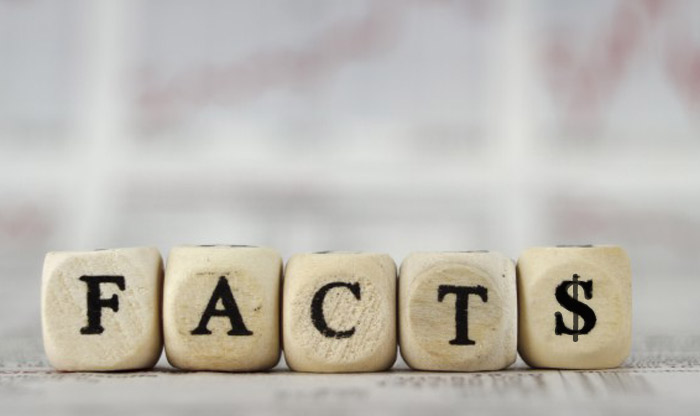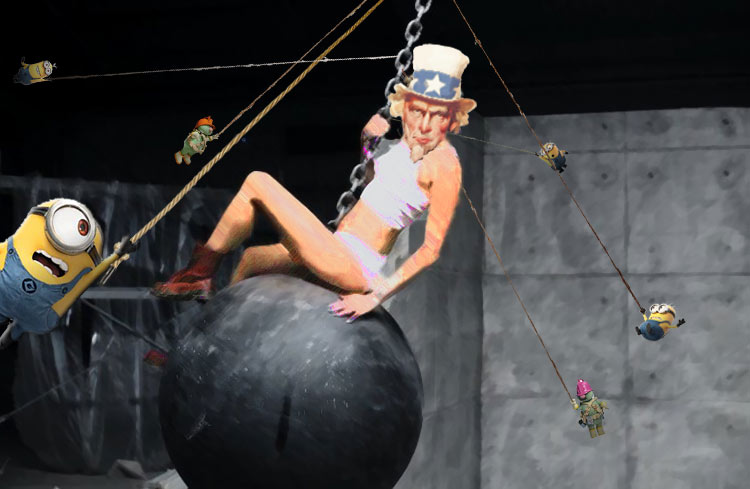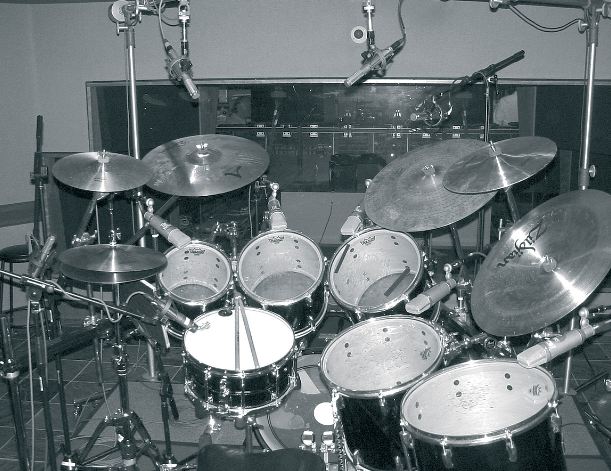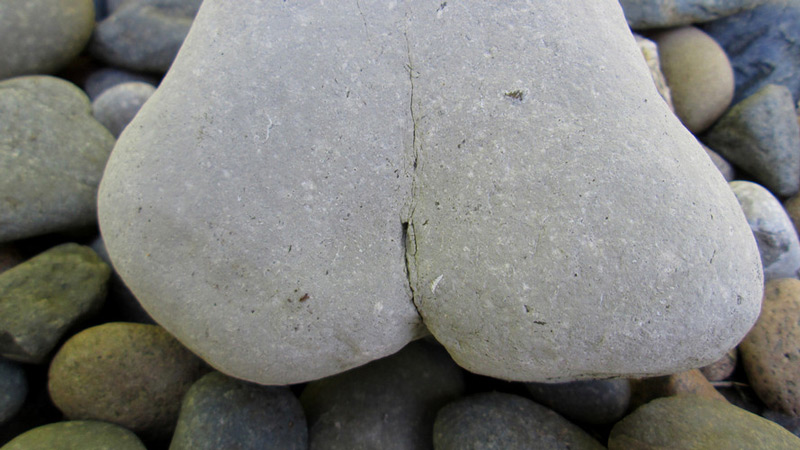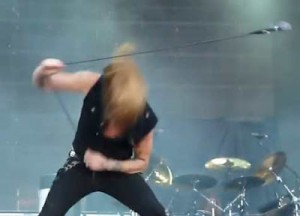 Disclaimer: there’s no insinuation here that any of these recording techniques will actually get you the sound you want – they’re just some things I’ve done in the past for fun when we didn’t have to watch the clock.
Disclaimer: there’s no insinuation here that any of these recording techniques will actually get you the sound you want – they’re just some things I’ve done in the past for fun when we didn’t have to watch the clock.
These are a few “out there” recording tricks (might be too much to call them actual “techniques”) that I or people I know have done when they had some extra studio time on their hands and a client or project that was willing to laugh along with the process.
Human-Powered Phasing (usually on a guitar amp):
Requirements to create the audio effect: two dynamic mics you don’t care if they get some dents or damage, strong mic cable, gaffers tape, a ladder, and an intern with a strong arm and decent rhythm.
Set up: set up microphone 1 about 6 inches from the front of the guitar amp wherever on the cone that sounds best to you (like mic’ing any other guitar amp for recording with one microphone). Set up the ladder (A-frame… that’s important or your intern better have health insurance) – set up the ladder in front of that mic and send up the studio intern (unless you have an office or sales intern who’s willing to give it a go, of course). Securely tape the XRL to the second mic (there WILL be centrifugal force), and throw a windscreen afro on that mic as it will be flying through the air which tends to cause wind-related issues.
Have the Intern get above the first mic and dangle the second one so that it’s about 4 inches or so above it when at rest, then start swinging like a pendulum. Ideally the mic will swing in tempo with the song (tick tock, tick tock), but that’s not totally necessary. As the mic swings away from the first one, it gets more ambiance (room) sound, and out of phase, then as it swings back again more present and back in phase. It sounds pretty funky, and sometimes not good at all, but for certain clean tones it can be damn cool sounding. (Note: using a more sensitive condenser mic for the swinging one is best if you’re willing; it will pick up the differences more effectively ad it hurdles through the air.) If you put a compressor on it, *really* heavily, it can start to mess with your head as it swings (who knows, might be the sound you’re after).
Leslie Room Mic:
Requirements: wireless mic (preferably a pack and high quality lav or some sort), some spare foam (two densities if possible), hot glue, and a ceiling fan.
Note: regular floor fans won’t work, the run too fast and the motors vibrate too much (we’ve tried, and killed a mic in the process).
Set up: Balance is key. Since the transmitter pack carries 95% of the weight, center that one on the ceiling fan so that it won’t throw it out of balance and turn into a jumping washing machine with too many wet towels in it. Mount it using your two types of foam and hot glue (hot glue just the foam, not the darn pack, use strong and tape or something to secure it to the foam mount). Turn on the fan and make sure the balance it OK.
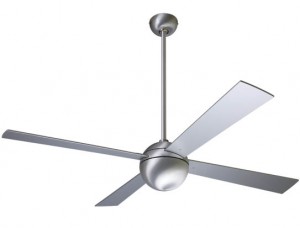
Plug in the lav and extend it to the edge of one of the fan blades (securing here with tape is fine). Point it in the opposite direction of the fan’s rotation and towards the trailing edge where there will be the lease amount of wind issue (and throw a mini wind screen on it). Turn pipe some music into the room, turn it on, and give it a listen. It’s not as dramatic as if you created an inverted Leslie speaker, but interesting nonetheless.
The most difficult part of this one is reducing the wind sound as much as possible. Combine it with some normal room mics with the fan at it’s slow speed and your cymbals will sound very funky.
The longer the blades the better, and for those with strange studio recording techniques foresight: yes, you can increase the diameter by dangling it from the edge of the blade and letting the rotation extend it out even further (but that tends to cause more air / wind problems).
Record your Studio Loud Speakers (the monitors in the live room, not the control room):
This one isn’t all that quirky or unique, but worth trying, especially if you have a good sounding live room. Some of the best reverbs for mixes I’ve gotten are from big live rooms, long tiled hallways, or (the best) metal staircases in 5 a story building (of course it requires about 500 feet of cable to get a speaker at the top and a mic at the bottom, but if you have time and are a geek about recording why WOULDN’T you do it!?!). Doing that is really no different than the old echo chambers that used to get build into studios to make it all naturally, anyway. But if you’ve never made your own natural reverb, give it a go. People rely on digital effects way too much, and pushing buttons is boring. ;)



